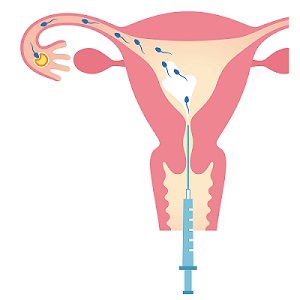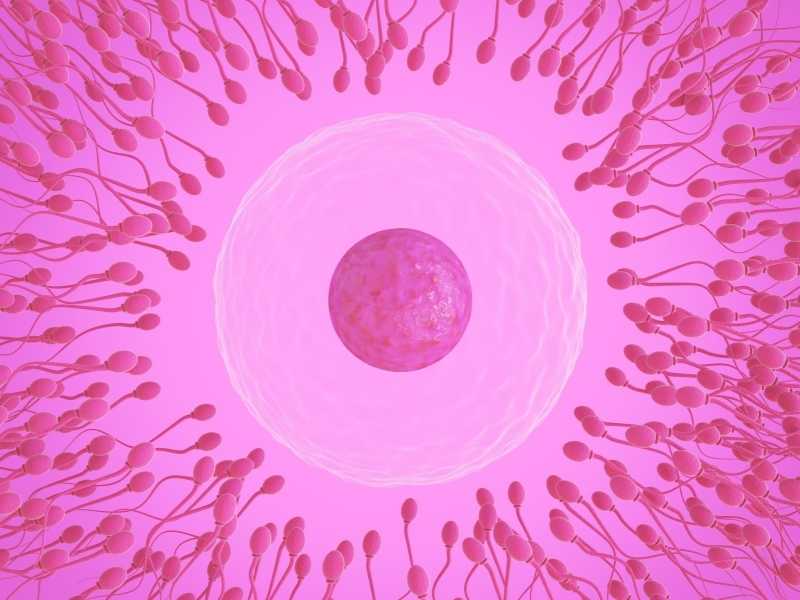New to fertility treatment? Wondering how much help you need to get pregnant? Confused with all the acronyms you’re reading about?
Reproductive Medicine Associates (RMA) can help. We’ve put together a guide to Intrauterine Insemination, or IUI, which is one of the first lines of treatment for infertility patients today.
What is IUI?
Intrauterine Insemination (IUI) is a procedure that involves inserting partner or donor sperm into a woman’s uterus at the time of ovulation in hopes of allowing fertilization to occur naturally.
How does IUI work?
IUI works through two methods: first, medication taken before the IUI procedure helps a woman ovulate just in time for the procedure.
Second, by placing the sperm directly into the woman’s uterus with a catheter during the procedure, the sperm does not have to swim through the vagina and the cervix before it finally makes its way into the uterus and to the egg. It’s only job now is to find the egg in the uterus before the egg travels into the fallopian tube.
As a result, IUI allows the egg and sperm to meet with fewer barriers than would exist in a natural setting.
How do I prepare for IUI?
The first step to any infertility treatment is to do some routine testing to make sure IUI is right for you.
These tests, including blood work to test your ovarian reserve, will help your doctor understand your fertility and design a plan that meets your needs.
In addition to female infertility testing, which includes a procedure to ensure your fallopian tubes are open, you partner will also undergo a semen analysis.
Depending on your results, you may be scheduled for an IUI.
Who is IUI for?
If you or your partner have a mild form of infertility, like Polycystic Ovary Syndrome (PCOS) or mild male factor infertility, IUI may be a good option for you.
IUI may also be a good bet for women with unexplained infertility and male partners who previously had their sperm frozen.
It can also benefit anyone who needs donor sperm, such as a same-sex female couple, heterosexual partners who need to use donor sperm, or single women who are looking to conceive on their own with the help of a sperm donor.
Does IUI hurt?
You may feel mild discomfort when the catheter is inserted into the uterus through the cervix, but most women do not find the procedure painful – especially because it only takes several minutes.
Can I have multiples with IUI?
If you are taking ovary-stimulating medication before your IUI procedure, there is risk of multiple gestation. Because the medication tells your body to mature as many follicles (containing eggs) as possible, there is a chance your body releases more than one egg during ovulation. If this happens, a woman may become pregnant with twins. This could happen in 10-20 percent of IUI cases.

How is IUI different from IVF?
There are similarities between IUI and In Vitro Fertilization (IVF), including the ovary-stimulating medication women take to grow many mature eggs and the trigger shot they take to ovulate. However, the biggest difference in IVF is that the egg is fertilized with sperm outside the woman’s body. This is made possible through a short egg retrieval procedure.
Afterward, the mature eggs retrieved from the woman’s body are fertilized with sperm, usually through a method called Intracytoplasmic Sperm Injection (ICSI), grown to the blastocyst stage of embryo development and tested for chromosomal abnormalities.
A viable embryo is then transferred into the woman’s uterus as part of Single Embryo Transfer (SET).
How much does IUI cost?
IUI is more affordable than IVF, and is usually covered by insurance, making it an accessible and popular treatment option.




